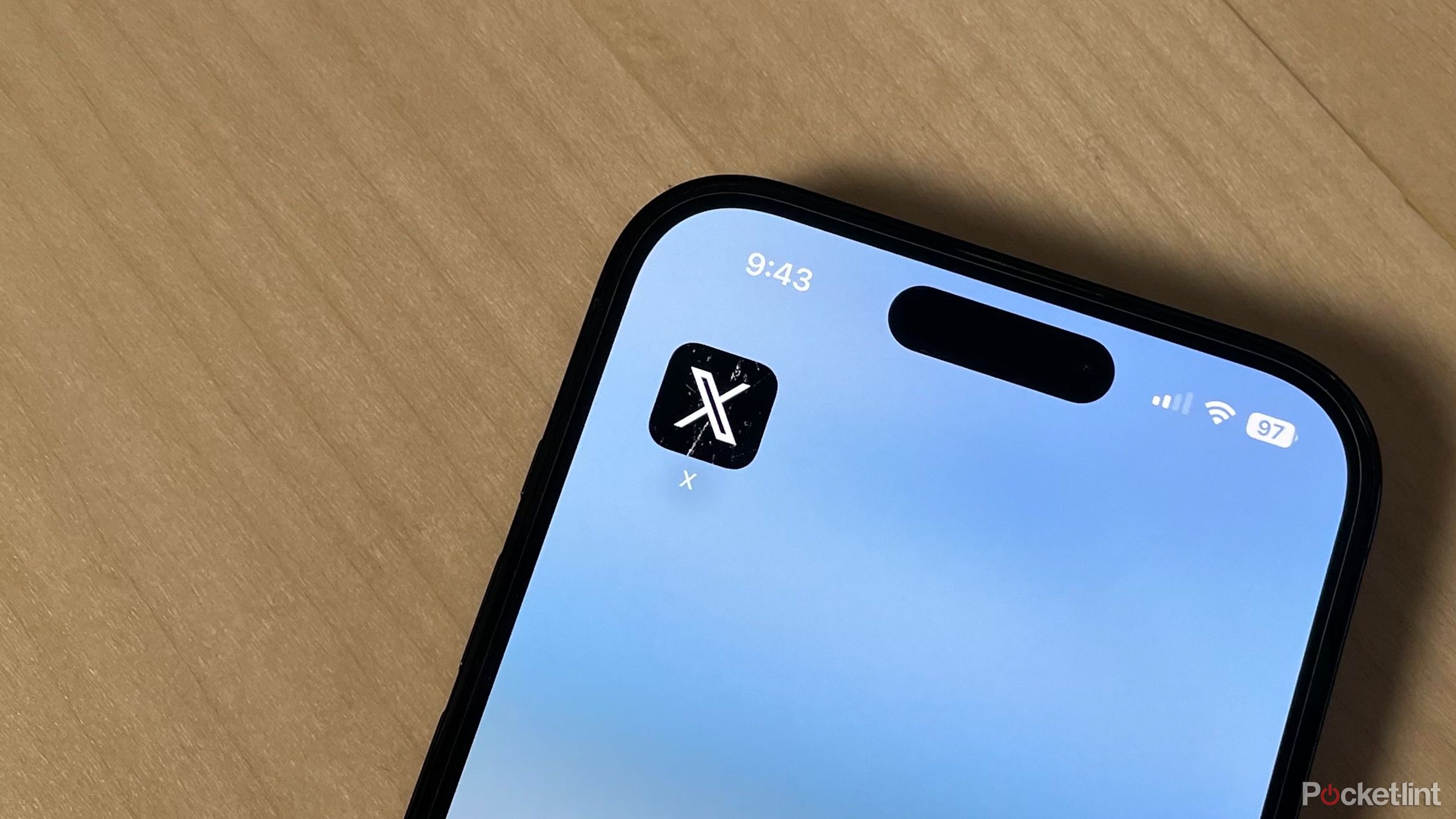Sonos Roam SL vs Sonos Roam: What’s the difference?
Portability wasn’t always a thing at Sonos. Up until it launched the Sonos Move 2019, none of the Sonos speakers offered Bluetooth capabilities and all of them required mains power. Since Move though, Sonos not only announced the super portable Roam in 2021, but a microphone-free Roam in 2022.
How do the Sonos Roam and the Sonos Roam SL compare though? What features do you miss out on if you opt for the Roam SL and which one should you choose for your home and lifestyle?
What’s the same between the Roam and Roam SL?
Waterproof design and dimensionsSound architectureMost Sonos featuresBattery life
The Sonos Roam and the Sonos Roam SL offer an almost identical design. Both come in Shadow Black and Lunar White colour options with tactile controls on the top and they can both be positioned horizontally or vertically, with small rubber feet allowing for both orientations.
Sound architecture is the same between both devices too, meaning they will both deliver the same performance. Both the Roam and Roam SL come with two Class-H digital amplifiers, one tweeter and one mid-woofer and the sound from the Roam is amazing for the size of the speaker so the same is expected of the Roam SL.
There are also a number of features that transfer between both the Roam and Roam SL. Both speakers connect to the Sonos system where they offer Sonos Radio, compatibility with over 100 music streaming services, the ability to group speakers and the ability to adjust the EQ for example, among plenty of others including Apple AirPlay 2.
You can also stereo pair a Sonos Roam or Roam SL with another Roam or Roam SL, though neither can be used as surrounds. Both speakers do also switch between Wi-Fi and Bluetooth automatically though and they also both offer an IP67 water and dust resistance. They also both offer 10 hours of battery life.
What’s different between the Roam and Roam SL?
Despite looking almost identical and offering many of the same features, there are a couple of differences between the Sonos Roam and the Sonos Roam SL.
Design
Whilst the design is virtually identical, the Sonos Roam has a microphone button on top, while the Sonos Roam SL does not. Otherwise, their physical dimensions are the same though (168 x 62 x 60mm) and as we mentioned, they both come in Shadow Black and Lunar White colour options.
Microphone
The main difference is the lack of microphone on the Sonos Roam SL compared to the Roam. This makes a difference when it comes to some of the features offered.
Alexa and Google Assistant
The Sonos Roam offers a choice of Alexa and Google Assistant, while the Sonos Roam SL does not. The Roam SL can still be controlled via Alexa and Google Assistant from another Sonos device that offers the assistant built in, or a third-party Alexa or Google Assistant device though.
Automatic Trueplay tuning
The Sonos Roam offeres Automatic Trueplay Tuning meaning it will use its onboard microphone to analyse the environment it has been placed into and adust the sound accordingly. As the Roam SL doesn’t have a microphone, it doesn’t support Automatic Trueplay Tuning, though does still offer standard tuning.
Sound Swap
Sound Swap is a feature that launched on the Sonos Roam. It allows you to press and hold the play/pause button on the Sonos Roam to send the music you are playing on the portable speaker to the nearest Sonos device. Ultrasonic waves are used to detect the nearest speaker though, which requires a microphone to hear so the Sonos Roam SL doesn’t offer Sound Swap.
Price
The Sonos Roam costs more than the Sonos Roam SL. The Roam is £179 in the UK and $179 in the US. The Sonos Roam SL costs £159 in the UK and $159 in the US.
Conclusion
The Sonos Roam and Sonos Roam SL are very similar, at least in terms of design, battery life and sound architecture. Where they predominantly differ is the lack of microphone in the Sonos Roam SL, which then sees it missing out on a couple of features compared to the original Roam.
You don’t get built in Google Assistant or Amazon Alexa, the Roam SL also doesn’t offer Sonos Sound Swap and it also doesn’t offer Automatic Trueplay tuning. Otherwise, the features are the same across both models, including automatic switching between Wi-Fi and Bluetooth, integration with the Sonos system and Apple AirPlay 2.
The Sonos Roam SL is of course slightly cheaper than the Roam and for most, it will be an excellent choice as a portable Bluetooth speaker. The extra features offered by Roam are handy but they are extras, rather than integral to the overall experience.




